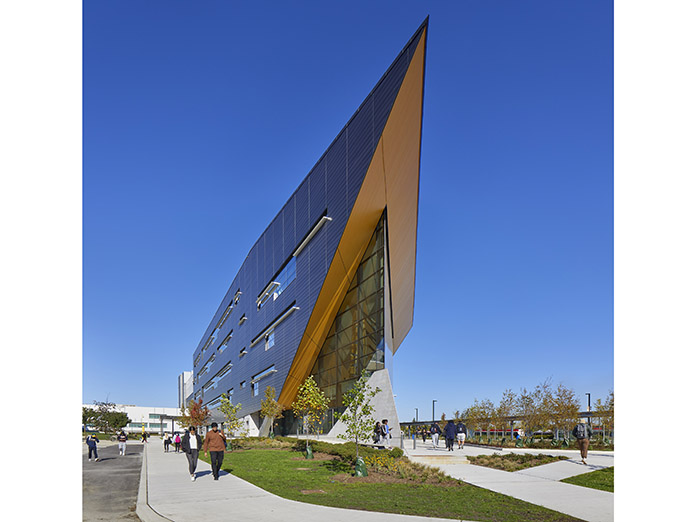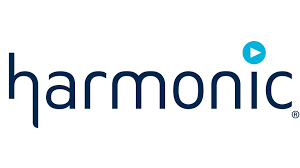
Humber College is leading development of the country’s first Broadcast-Broadband Convergence B²C Lab exploring multi-sectoral data delivery applications enabled by the new Advanced Television Systems Committee (ATSC) 3.0 television broadcast standard, set to replace the current ATSC 1.0 standard in North America. Funded through a $4.5 million joint NSERC/CFI College-Industry Innovation Fund grant, Humber’s B²C Lab will be the first industry research lab in North America equipped with both an ATSC 3.0 broadcast system and 5G core network, including an RF antenna test chamber supporting over-the-air testing of a wide range of wireless devices and prototypes. Supported by a team of faculty researchers and students, the lab will foster partnerships with both the private and public sector to enable tech and business innovation at the local, regional and national level, illustrating how the broadcast industry can support the digital transformation of other industries. Lab Director Orest Sushko said although the 3.0 standard has yet to be formally adopted in Canada, there is a growing appetite to learn more about the standard and its extensive capabilities as an IP-based data delivery network. Read more here.
 Harmonic is partnering with Rogers Communications to power the company’s next generation multi-gigabit broadband services using Harmonic’s CableOS®. Rogers is deploying the platform in a distributed access architecture (DAA) with virtualized CMTS software and the Ripple Remote-PHY (R-PHY) node. The CableOS Platform can support converged cable and FTTH, DOCSIS 4.0 technology and other advanced services including edge cloud. Rogers is using the tech to fully converge its data, voice and video services in the IP domain, which will bring benefits including faster speed, higher availability for its customers, and a reduction in space, power and cooling costs to support its growing network.
Harmonic is partnering with Rogers Communications to power the company’s next generation multi-gigabit broadband services using Harmonic’s CableOS®. Rogers is deploying the platform in a distributed access architecture (DAA) with virtualized CMTS software and the Ripple Remote-PHY (R-PHY) node. The CableOS Platform can support converged cable and FTTH, DOCSIS 4.0 technology and other advanced services including edge cloud. Rogers is using the tech to fully converge its data, voice and video services in the IP domain, which will bring benefits including faster speed, higher availability for its customers, and a reduction in space, power and cooling costs to support its growing network.




